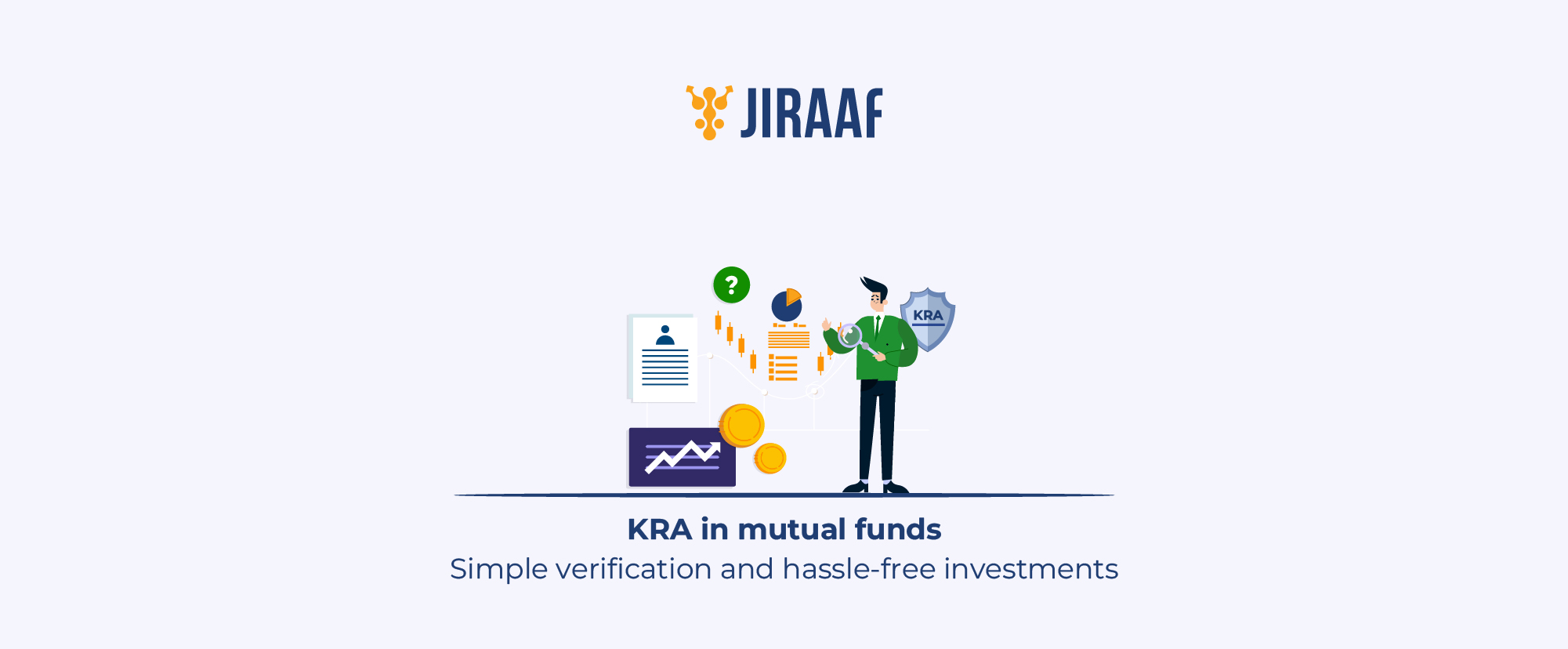The ever-growing mutual fund industry now needs to be extremely dynamic to cater to various needs of investors. While the young population is ready to take on higher risks in pursuit of higher returns, the others look for stable and less volatile investment options. Accordingly, the mutual fund AMCs need to expand offerings to cater to all types of investors. In the recent past, flexi cap mutual funds have become an attractive investment option for investors looking to diversify into small, mid and large cap stocks across industries through a single fund. This is where flexi cap funds come into the play.
What Are Flexi Cap Funds?
Flexi Cap mutual funds, as the name implies, are open-ended schemes that offer fund managers complete flexibility to allocate capital across large-cap, mid-cap, and small-cap companies without any predefined limits. This dynamic allocation strategy allows fund managers to adapt swiftly to changing market conditions and optimize returns. For example, if the small-cap segment experiences heightened volatility or a significant downturn, the fund manager can seamlessly reallocate investments to more stable mid-cap or large-cap stocks, thereby managing risk more effectively and aligning the portfolio with prevailing market trends.
As of March 2025, Flexi Cap mutual fund schemes collectively manage assets worth over ₹4.3 lakh crore, reflecting strong investor interest in this versatile category. Leading the segment is the Parag Parikh Flexi Cap Fund, with an AUM exceeding ₹1 lakh crore, making it one of the most popular and widely trusted actively managed Flexi Cap funds in the market.
Key Features of Flexi Cap Mutual Funds
- Flexibility in Allocation: It allows fund managers the flexibility to dynamically allocate investments across various sectors and market capitalizations, adapting to evolving market conditions and opportunities.
- Diversification: Flexi Cap funds offer investors broad exposure across various sectors and market capitalizations, unlike category-specific funds that are restricted to a particular segment. This diversified approach helps in spreading risk and capturing opportunities across the market spectrum.
- Equity allocation: Securities and Exchange Board of India (SEBI) mandates Flexi Cap Funds to invest across all market capitalizations – large-cap, mid-cap, and small-cap – and are required to allocate a minimum of 65% of their total assets to equities or equity-related instruments.
- Capturing Growth: Flexi Cap funds are well-positioned to capitalize on growth opportunities across all market segments, thanks to the flexibility fund managers have in reallocating investments based on market trends and emerging opportunities.
- Better Risk Management: The flexible allocation strategy of Flexi Cap funds enables fund managers to proactively adjust the portfolio in response to market cycles, helping to mitigate risks and preserve capital during periods of volatility.
- Higher expense ratio: Since Flexi Cap funds are actively managed, they typically come with higher annual expense ratios compared to passively managed options like index funds. These higher costs, which cover active research and fund management, can impact overall investor returns, especially over the long term.
Flexi Cap Vs. Multi Cap Mutual Funds
Contrary to common perception, Flexi Cap and Multi Cap funds are not the same and differ significantly in terms of portfolio allocation flexibility. While both invest across large-cap, mid-cap, and small-cap stocks, the key distinction lies in the allocation mandate set by SEBI.
Multi Cap funds are required to invest a minimum of 25% each in large-cap, mid-cap, and small-cap stocks, ensuring a balanced exposure across all three segments regardless of market conditions. This rigid structure limits the fund manager’s ability to shift allocations based on prevailing opportunities or risks.
In contrast, Flexi Cap funds have no fixed allocation limits for any market cap category, offering fund managers the freedom to dynamically adjust exposure across segments in response to changing market trends, valuations, or economic outlooks. This makes Flexi Cap funds more agile and potentially better suited for navigating volatile or shifting market environments.
Furthermore, Flexi Cap funds are required to invest a minimum of 65% of their assets in equity and equity-related instruments, with no fixed allocation across market capitalizations. In contrast, Multi Cap funds must allocate at least 75% to equities, with a mandatory minimum of 25% each in large-cap, mid-cap, and small-cap stocks, ensuring balanced exposure across all segments.
Benefits of Investing in Flexi Cap Mutual Funds
- Flexi Cap mutual funds provide investors with diversified exposure across all market capitalization segments as well as various industries. This broad-based allocation helps reduce concentration risk in any single segment, enhancing portfolio stability and potential for balanced growth.
- Fund managers enjoy the flexibility to actively manage risk and seize growth opportunities across any industry or market segment, allowing for dynamic portfolio adjustments based on prevailing market conditions.
- Flexi Cap funds, with their ability to capture growth across all market segments, offer diversification and adaptability, making them an ideal choice for long-term investors seeking balanced returns and risk management.
- Investors can achieve diversified exposure across market segments and industries through a single Flexi Cap fund, eliminating the need to invest separately in multiple funds targeting specific segments.
Risks Involved
- Flexi Cap Funds, being open-ended equity schemes, are inherently exposed to overall market risks. Their value can fluctuate significantly, especially during broader market downturns. Although diversification across market caps and sectors helps reduce risk, it cannot eliminate it completely.
- Flexi Cap Funds may underperform during specific market phases, particularly if the fund manager’s asset allocation strategies do not align well with market movements. The fund’s performance is largely dependent on the manager’s skill in navigating market conditions and making timely, effective investment decisions.
- Flexi Cap Funds have the flexibility to invest in mid and small-cap companies, which may offer higher growth opportunities but also carry elevated risk. These stocks tend to be more volatile and less liquid than large-cap stocks, making them more sensitive to market fluctuations and economic shifts.
- At times, fund managers may adopt a bullish stance on particular sectors or stocks, resulting in concentrated exposure. While this strategy can enhance returns if those selections perform well, it also heightens the fund’s vulnerability to sector-specific or stock-specific downturns, potentially impacting overall portfolio performance.
Taxation of Flexi Cap Mutual funds
Flexi Cap funds are categorized as equity-oriented mutual funds, and hence, their tax treatment aligns with that of other equity mutual fund schemes.
- Short-Term Capital Gains (STCG): If units are sold within 12 months from the date of allotment, the gains are classified as short-term and taxed at a flat rate of 20%, irrespective of the investor’s income tax slab. Additionally, applicable surcharge and cess are levied.
- Long-Term Capital Gains (LTCG): If the holding period exceeds 12 months, the gains are considered long-term. LTCG up to ₹1.25 lakh in a financial year is tax-exempt. Gains exceeding this threshold are taxed at 12.5% without indexation benefits.
This tax treatment makes Flexi Cap funds relatively efficient for long-term investors, but it’s important to factor in these taxes when planning redemptions and evaluating net returns.
Conclusion
Flexi Cap funds are well-suited for investors with a long-term investment horizon of 7–10 years. Their diversified exposure across market capitalizations and sectors allows them to navigate market fluctuations and potentially deliver superior returns over time. However, it’s essential for investors to clearly understand the associated risks and avoid allocating emergency or short-term funds to such high-risk assets. While Flexi Cap funds offer a strong avenue for broad market participation, aligning investments with one’s risk appetite and financial goals is crucial for long-term success.
Discover fixed income investments with Jiraaf, a SEBI registered online bonds platform that educates and brings access to a wide array of bonds. Sign up today to explore diversified fixed income investment opportunities to support your goal-based wealth creation journey. Start investing!









